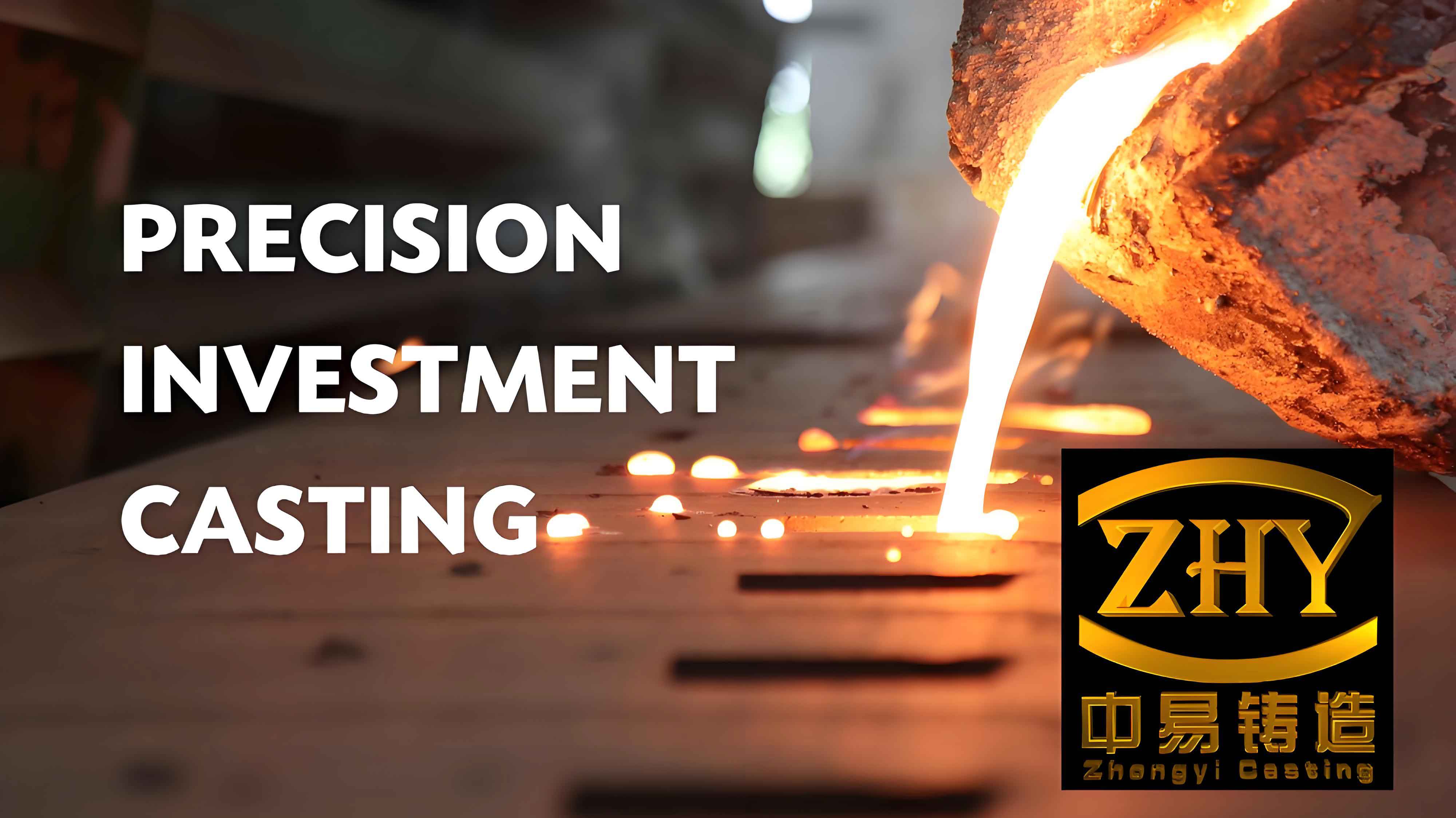In this study, we address the challenges of producing small shell castings with narrow grooves using investment casting. The primary objective is to eliminate shrinkage defects in thin-walled sections (2 mm thickness) while ensuring efficient heat dissipation during solidification. Through systematic design modifications and process optimizations, we achieved a significant improvement in casting quality, validated by trial production and defect analysis.

1. Introduction
Investment casting, renowned for its ability to produce complex geometries with high dimensional accuracy, faces unique challenges when applied to castings with narrow grooves. These grooves often lead to localized shell thickness variations, uneven heat dissipation, and subsequent shrinkage defects. This study focuses on a shell casting (28 mm × 38 mm × 14 mm, 6 g mass) made of ZG35CrMnSi alloy, where thin-walled sections (2 mm) adjacent to grooves exhibited persistent shrinkage porosity.
Key factors influencing defect formation include:
- Shell thickness imbalance due to slurry accumulation in grooves.
- Inadequate feeding channels at thermal hotspots.
- Poor drying uniformity of the ceramic shell.
By redesigning the gating system, optimizing shell-building parameters, and refining thermal management, we demonstrate a robust solution to these issues.
2. Process Design and Optimization
2.1 Gating System Redesign
The original gating system positioned inner gates near thermal hotspots but failed to address slurry buildup in grooves (Figure 3a). This led to uneven shell thickness (>12 mm locally), obstructed heat dissipation, and shrinkage defects.
Optimized Design:
- Inner gates (4 mm × 12 mm cross-section) were added directly adjacent to grooves (Figure 3b).
- Gates were placed on flat surfaces to simplify post-casting removal.
- Gates ensured continuous feeding paths to thin-walled regions, mitigating shrinkage.
Feeding Efficiency Equation:
The feeding capacity QQ of an inner gate is proportional to its cross-sectional area AA and inversely proportional to the distance dd from the thermal hotspot:Q∝AdQ∝dA
For the optimized design, A=48 mm2A=48mm2 and d≤5 mmd≤5mm, ensuring sufficient metal flow to critical regions.
2.2 Cluster Assembly
The cluster assembly (Figure 4) utilized a φ30 mm sprue, with 12 castings arranged radially. Key considerations included:
- Orienting grooves outward to facilitate slurry coating, sand stuccoing, and drying.
- Maintaining a minimum distance of 25 mm between castings and the sprue to reduce thermal interference.
Thermal Radiation Model:
Heat transfer from the sprue to adjacent castings follows:P=ϵσA(Tsprue4−Tcasting4)P=ϵσA(Tsprue4−Tcasting4)
where ϵϵ is emissivity, σσ is the Stefan-Boltzmann constant, and AA is the surface area. Minimizing PP by increasing the sprue-casting distance reduced thermal distortion.
3. Shell-Building Process
3.1 Layering Strategy
A 5-layer shell was constructed using zirconia and mullite materials (Table 1).
Table 1: Shell-building parameters
| Layer | Slurry Material (Mesh) | Viscosity (s) | Stucco Material (Mesh) |
|---|---|---|---|
| 1 | Zircon flour (320) | 36 | Zircon sand (120) |
| 2 | Mullite flour (200) | 15 | Mullite (30–60) |
| 3–5 | Mullite flour (200) | 12 | Mullite (16–30) |
Critical steps included:
- Slurry uniformity: Compressed air or brushes cleared loose sand from grooves before coating.
- Drying control: Airflow velocity (3–5 m/s), temperature (22–25°C), and humidity (50–60%) ensured uniform drying.
3.2 Dewaxing Parameters
Dewaxing was performed using steam autoclaves under strict parameters (Table 2).
Table 2: Dewaxing settings
| Parameter | Value |
|---|---|
| Autoclave temperature (°C) | 175–185 |
| Steam pressure (MPa) | 0.76–0.8 |
| Dewaxing time (s) | 20 ± 5 |
| Drain time (s) | 50 ± 2 |
Rapid transfer from shell-building to dewaxing (<60 s) prevented wax expansion-induced cracks.
4. Melting and Pouring
4.1 Alloy Preparation
ZG35CrMnSi alloy was melted in a medium-frequency induction furnace. Key parameters:
- Melting temperature: 1,630 ± 10°C
- Shell preheating: 1,050 ± 10°C for 50 ± 5 min
Thermal Equilibrium Equation:
The heat required to preheat the shell QshellQshell is:Qshell=mshell⋅cp⋅ΔTQshell=mshell⋅cp⋅ΔT
where mshellmshell is the shell mass, cpcp is specific heat (≈1.2 kJ/kg·K), and ΔTΔT is the temperature rise.
4.2 Pouring and Solidification
Post-pouring, castings were cooled on sand beds with insulating cover added to the sprue to enhance feeding.
5. Results and Validation
5.1 Defect Analysis
X-ray and magnetic particle testing revealed shrinkage defects in 90% of pre-optimization castings (Table 3).
Table 3: Trial production results
| Parameter | Pre-optimization | Post-optimization |
|---|---|---|
| Total castings | 60 | 60 |
| Defective castings | 54 | 8 |
| Yield (%) | 10 | 86.7 |
5.2 Root Cause Elimination
- Pre-optimization: Poor feeding at grooves due to blocked thermal paths and excessive shell thickness.
- Post-optimization: Additional inner gates provided direct feeding, while outward groove orientation improved shell uniformity.
Heat Dissipation Equation:
The cooling rate dTdtdtdT in thin sections is proportional to the thermal gradient ∇T∇T:dTdt=α∇2TdtdT=α∇2T
where αα is thermal diffusivity. Optimized shell thickness reduced ∇T∇T, minimizing shrinkage.
6. Industrial Implementation
The optimized investment casting process achieved a first-pass yield of >95% in mass production. Key takeaways include:
- Gating design: Inner gates must align with thermal hotspots and avoid geometric obstructions.
- Shell-building: Groove orientation critically impacts slurry distribution and drying.
- Thermal management: Controlled preheating and cooling rates are essential for defect-free castings.
7. Conclusion
Investment casting remains a cornerstone for producing intricate shell castings. By integrating targeted gating modifications, rigorous shell-building protocols, and data-driven thermal management, we successfully mitigated shrinkage defects in thin-walled components. This work underscores the importance of holistic process design in advancing investment casting capabilities for high-precision applications.
